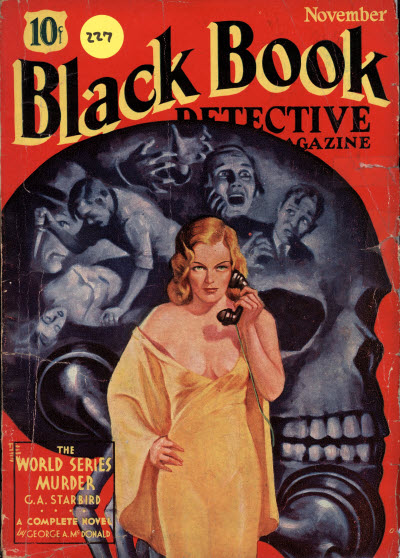Detective writing portrays the events of a crime, (usually a murder) and its subsequent investigation in a way that conceals the criminal’s identity from the reader until the end of the book, when the method and culprit are finally revealed. Detective stories have been around for generations.
Various conventions and standards were formed during the early twentieth century. Some of the norms were put together by Ronald Knox. One of the conventions was not to use “supernatural powers” in resolving a mystery. The crime had to be established, various clues & circumstances carefully studied and then the detective writer would narrate the sequel of progress towards unraveling the mystery. The narration of the story was such that it would seize the imagination of the reader who turned page after page to find out who the criminal was or why and how the crime was committed.
Most detective authors portray a crime being solved either by professional detectives or by a gifted amateur. The cases are usually solved by painstaking, careful investigation and logical deductive reasoning. In an inverted detective story, the commission of the crime, and usually also the identity of the perpetrator, is described at the beginning. The remainder of the story then describes the subsequent investigation. Instead, the “puzzle” presented to the reader is discovering the clues and evidence that the perpetrator left behind.
Article Source: http://EzineArticles.com/6564682







